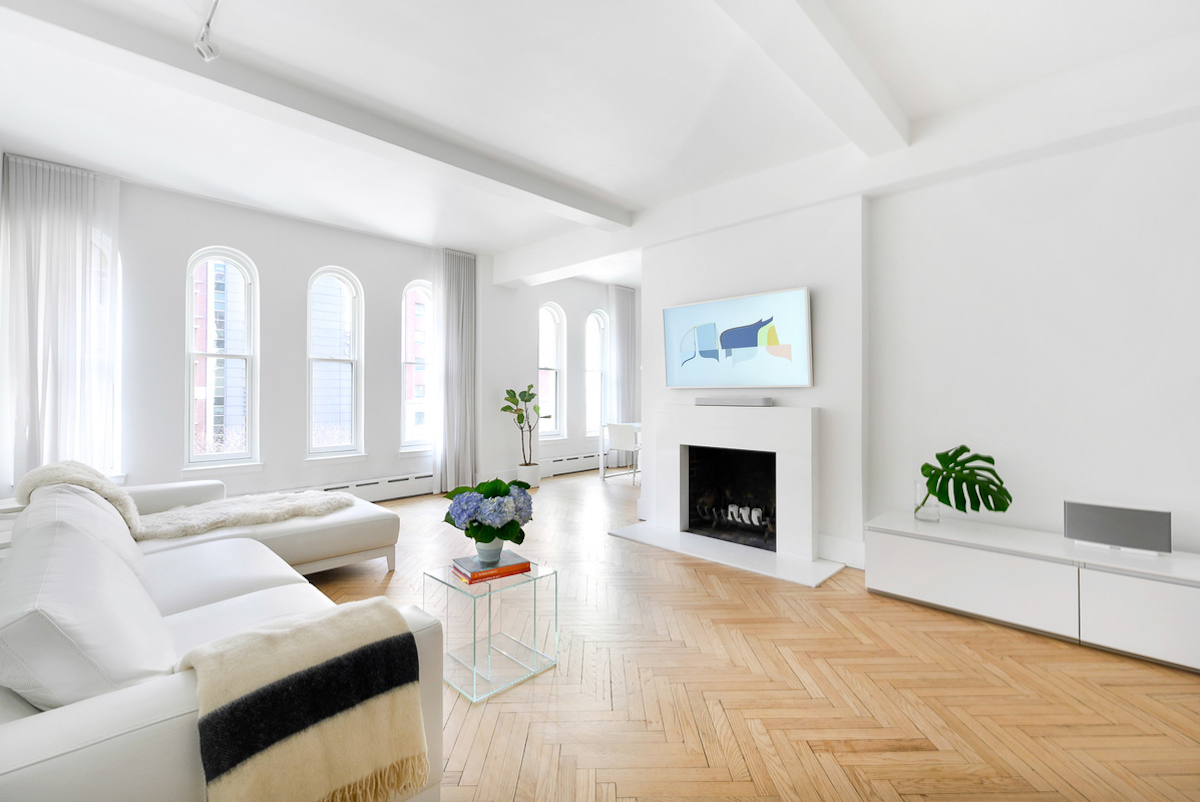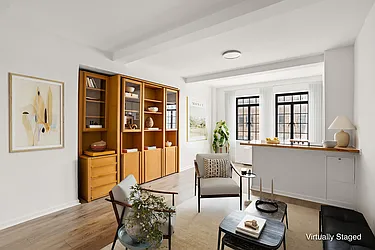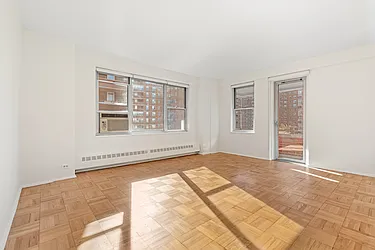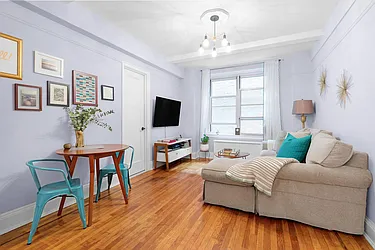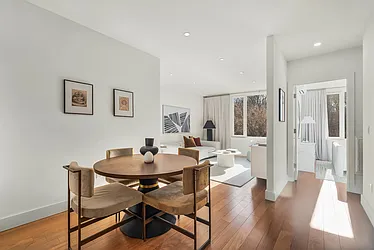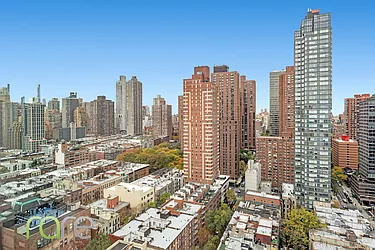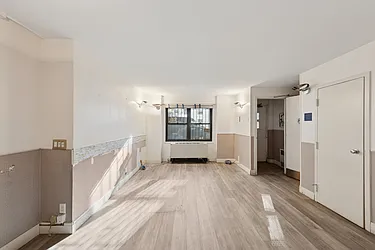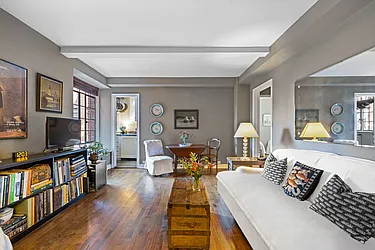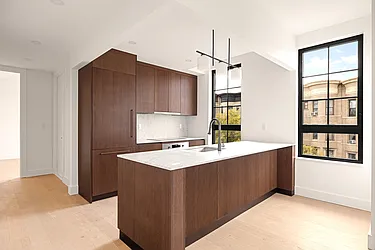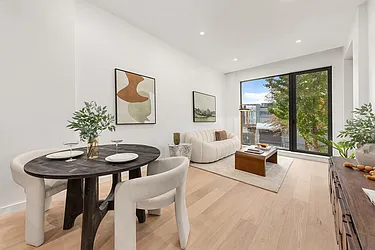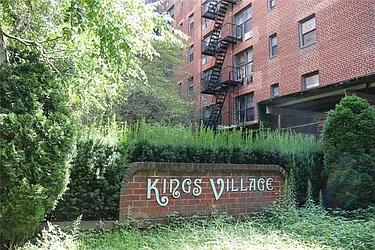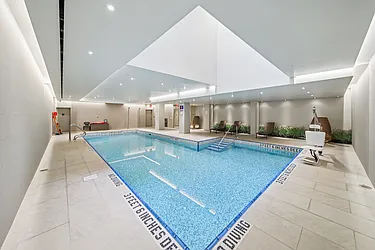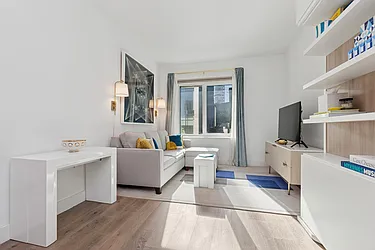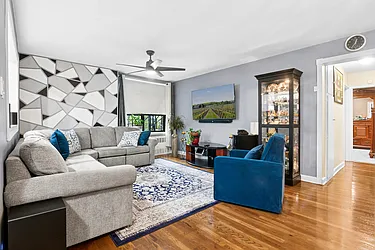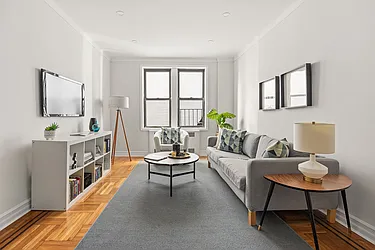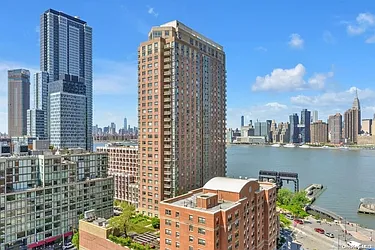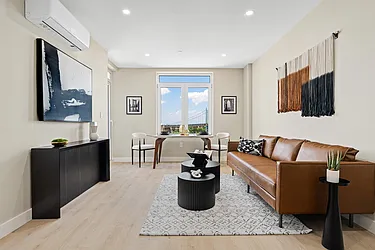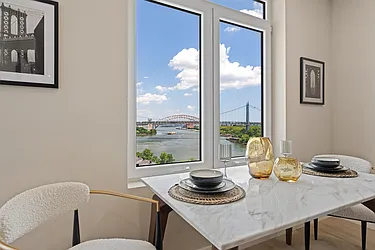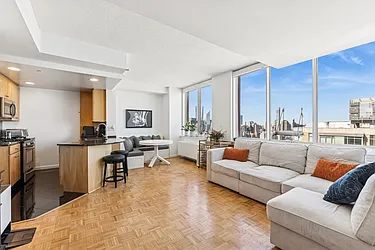In the literal sense, this French phrase means “a foot on the ground.” But in the language of New York City real estate, a pied-à-terre is an apartment reserved for occasional use, like a place to stay after catching a Broadway show. Since pied-à-terre owners only used these units for short periods, essentially making them vacation homes, they are non-primary residences.
Manhattan Homes Under $1M on StreetEasy That Allow Pied-à-Terre Use Article continues below
Why Would Someone Want a Pied-à-Terre?
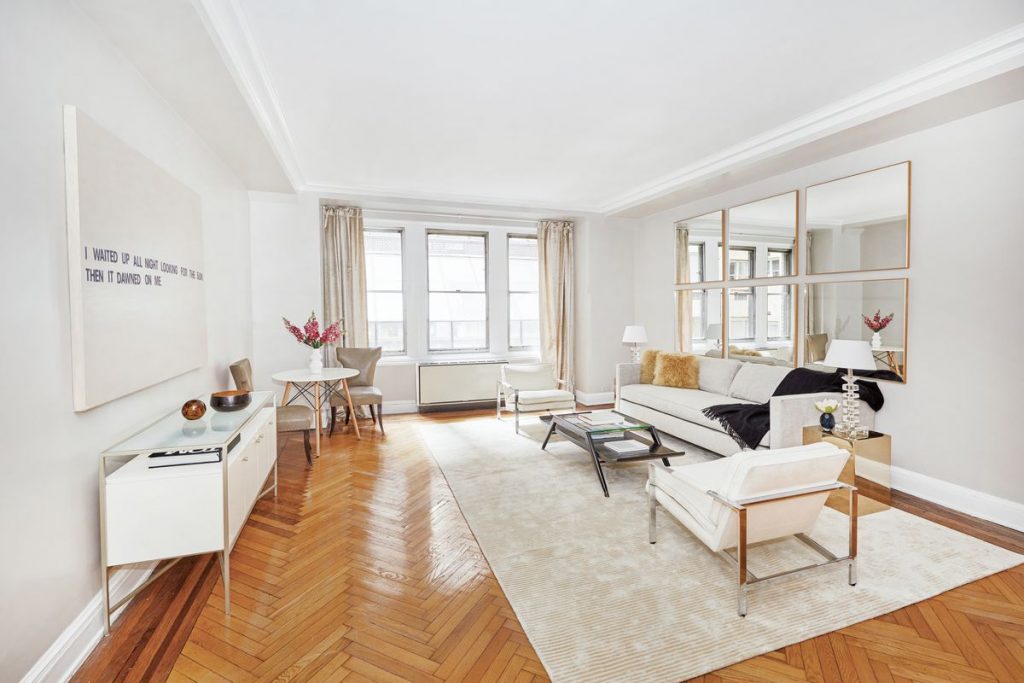
For those who live in the greater NYC area, such as Long Island, Connecticut, or New Jersey, a second home can be helpful. It allows for weekends strolling museums, shopping at Hudson Yards, and enjoying fine dining without the drive back home in the evening. Commuters who occasionally work late can also benefit from a place to stay in the city. Best of all, a pied-à-terre doesn’t necessarily cost seven figures. A modestly priced studio apartment works.
Brooklyn Homes Under $1M on StreetEasy That Allow Pied-à-Terre Use Article continues below
Where Do You Buy a Pied-à-Terre?
Pied-à-terre buyers can find these units in a variety of neighborhoods, according to Mick DiStasio of Elegra. Often, the location depends on the buyer’s reason for buying a second home.
“Some people want to have a place part-time that’s very luxurious, in a doorman building with amenities,” said DiStasio. “They are looking for a hotel-like experience.” Buyers like these tend to gravitate toward newer buildings in areas like Hudson Square, which are more developed. They often have amenities like concierges, package rooms, elevators, and even parking.
However, tried-and-true co-op buildings on the Upper East Side and Upper West Side can offer timeless luxury and superb locations.
Andreas Mann, real estate broker at Douglas Elliman, said that most of his pied-a-terre clients gravitate toward apartments between 50th and 70th Streets.
“I think it’s a matter of convenience,” Mann said. “You’re close to Lincoln Center, the Theater District, and shopping. Plus, it’s easy to get downtown.
Some buyers also gravitate toward Midtown, easily accessing public transit via Penn Station and Grand Central. Commuters might also appreciate being within the direct vicinity of their office. For these buyers, convenience and location often outweigh amenities, Mann adds.
Queens Homes Under $750K on StreetEasy That Allow Pied-à-Terre Use Article continues below
What’s the Difference Between Co-ops and Condos?
In NYC, co-op buildings tend to have strict rules about pied-à-terre use. Many explicitly rule them out. Others may allow the co-op board to approve them on a case-by-case basis. If a co-op unit is available for pied-à-terre use, it is generally well-publicized in the marketing materials. Still, buyers and their agents must be upfront about their pied-à-terre intentions from the very start. “Especially with co-ops, you have to be pretty transparent, or you’re just going to waste your time,” DiStasio said.
But why is that? Co-op boards often want their buyers to live in the building full-time as a part of the community. If a unit is left unattended most of the time, damages such as leaks might go unnoticed for longer. Find out more about buying a co-op.
“It’s almost the same reason a lot of co-ops discourage subletting,” DiStasio said. “They just really want people to care about the building, care about the unit, and be a part of everything.”
On the other hand, condos typically don’t require any special approval for pied-à-terre use. They certainly provide a more hassle-free purchase process. Generally, in a condo building, the only criteria that buyers must meet are verified financials — whether they intend to live there full-time or not. “The majority of my pied-à-terre clients bought in condos, even though they are usually very well qualified to buy in co-ops,” Mann commented.
Pied-à-Terre Taxes in NYC
When Chicago hedge-fund billionaire Ken Griffin purchased a $238 million pied-à-terre penthouse on Central Park South in 2019, he sparked outrage throughout the NYC community. The state or the city could tax such expensive home sales heavier to bolster public budgets. Senator Brad Hoylman (D) introduced a bill that would do just that five times in different legislative sessions. Now, the pied-à-terre tax is back on the table in the 2021-22 session.
The tax would apply to condos and co-ops worth over $300,000 that are not used as primary residences or rented full-time. The state would assess the value above $300,000 at a rate between 10% and 13.5%. Units assessed at over $5 million would also be taxed between 0.5% and 4% of the market price over $5 million. The Senate has not yet added the bill to the Senate’s calendar.
